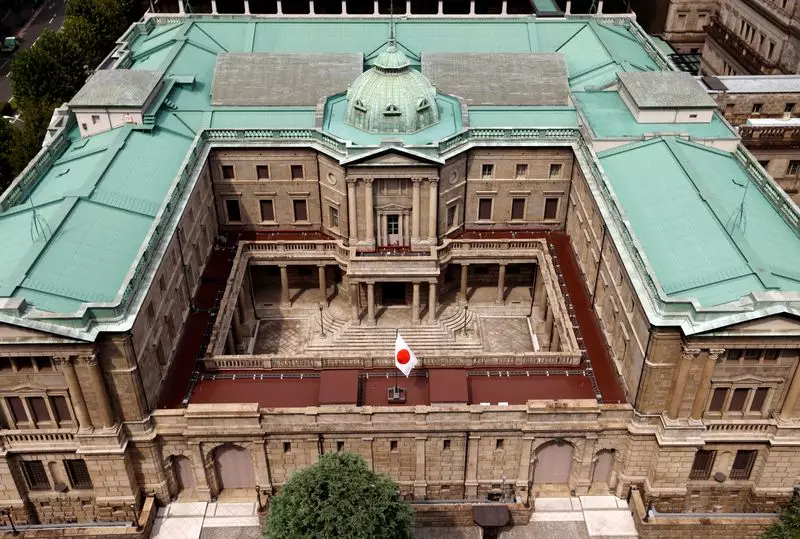As Japan navigates through its intricate economic landscape, the role of the Bank of Japan (BOJ) has never been more pivotal. In light of recent political turmoil and market fluctuations, the BOJ finds itself at a crossroads where the next steps carry significant implications. With the backdrop of ultra-low interest rates and expansive monetary stimulus, the central bank is cautious of the confluence of factors influencing its decision-making process.
The recent electoral outcome—a significant loss for the ruling coalition—has created a climate of political uncertainty. Many analysts assert that this development amplifies concerns over potential policy paralysis. As political factions grapple with the implications of their diminished power, the BOJ is left navigating an environment where clarity is lacking. Policy decisions that should ideally be straightforward are now complicated by the fluid political scene, which can impede timely responses to economic indicators.
In this context, the specter of potential rate hikes looms larger yet becomes more daunting. Analysts like Naomi Muguruma from Mitsubishi UFJ Morgan Stanley Securities articulate that the political landscape could pose challenges to the BOJ’s rate-hike agenda. The delicate equilibrium the BOJ must maintain to foster economic stability is further complicated by political headwinds that could slow recovery efforts.
The BOJ’s current assessment of inflation shows a stable outlook, predicting a 2% inflation rate until early 2027. This projection reflects a cautious optimism about Japan’s economic revival; nonetheless, there are headwinds that could affect this forecast. With inflation remaining subdued, there is little incentive for the BOJ to adjust borrowing costs in the immediate term. Faced with a sluggish economic recovery, the central bank is treading carefully, knowing well that any misstep in its communication could lead to currency fluctuations that further endanger the already fragile economy.
Interestingly, the presence of speculative elements in the financial markets poses a risk if the BOJ were to adopt a more dovish tone in guiding future policy action. Such a stance could incite investors to divest from the yen, exacerbating exchange rate vulnerabilities. Thus, the BOJ’s challenge is twofold: to communicate an intention to sustain reasonable monetary policy while simultaneously mitigating any speculative risks that could lead to unfavorable market responses.
The interconnectedness of the global economy plays a significant role in shaping the BOJ’s approach. Governor Kazuo Ueda’s recent discussions with his counterparts from major economies underline the complexity of the global economic outlook. Domestically, the BOJ has to weigh its decisions against the backdrop of potential U.S. economic downturns. Ueda’s cautious optimism about global recovery might be tempered by the reality that geopolitical tensions and external economic challenges could thwart local progress.
In light of this, future communications from the BOJ will be critical. As experts ponder whether the central bank will introduce new language regarding policy risks or conditions that warrant adjustments, anticipation surrounding Ueda’s upcoming press conference signals the importance of maintaining a careful approach. Ensuring that the market interprets BOJ strategies as active and responsive rather than passive will be crucial to managing investor sentiment.
As the BOJ prepares to deliberate on its monetary policy, it finds itself amid a delicate balancing act influenced by political uncertainties, modest inflation, and international economic developments. The decision to maintain interest rates at 0.25% for now reflects a strategy of caution, optimizing the potential for a gradual economic recovery while being conscious of the external and internal pressures at play. The upcoming announcements and communications will be pivotal in shaping both market perceptions and the broader economic landscape in Japan, highlighting the need for the BOJ to carefully approach this multi-faceted situation. It remains to be seen how the interplay of these elements will unfold as Japan strives to emerge from a period of economic stagnation and political instability.

